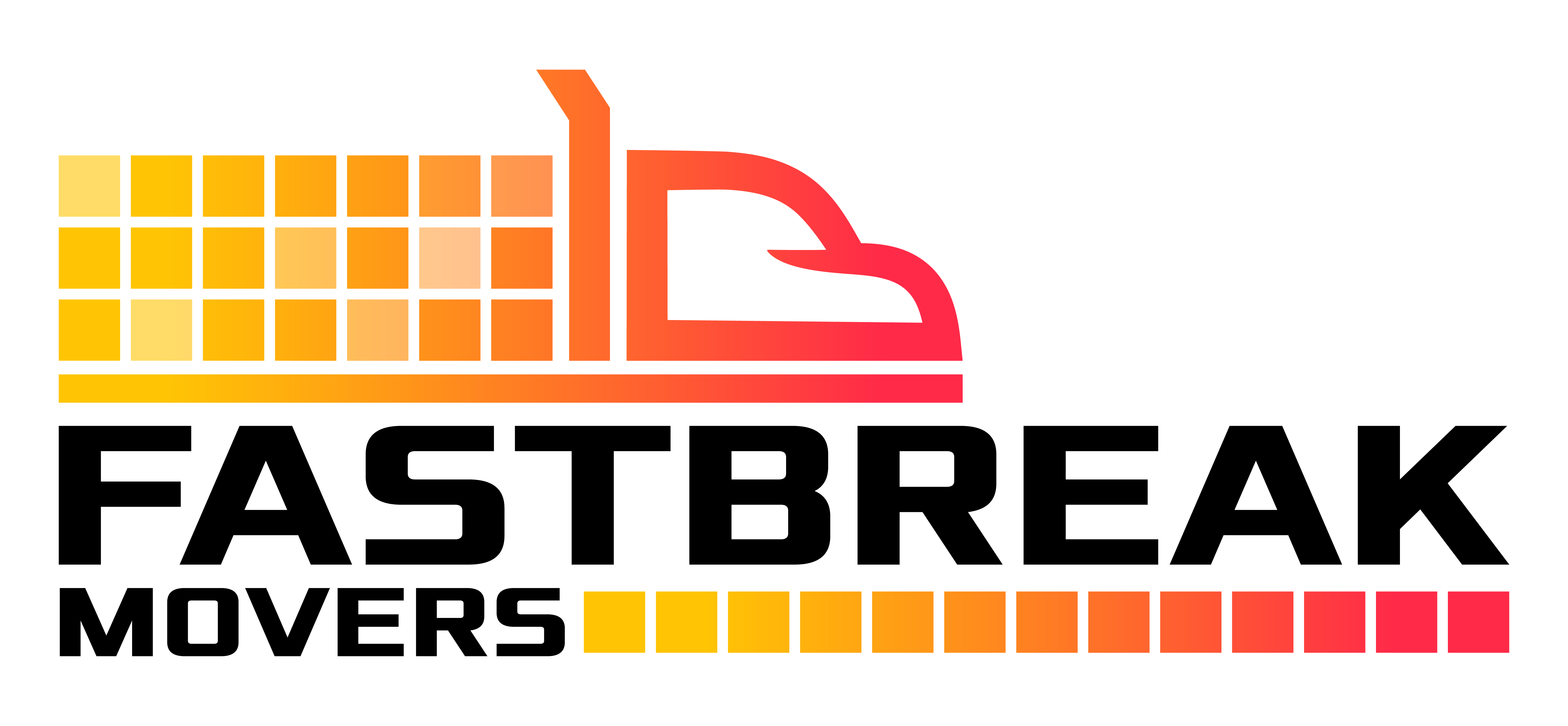Relocating an office is an important task that, if not properly planned and carried out, can cause disruptions to business operations. Lost revenue and productivity can arise from downtime during the move. However, downtime during an office move can be reduced or even completely avoided with careful planning and preventative measures. This article will offer a thorough guide on five crucial elements to help you minimize downtime and guarantee a seamless move into your new office.
Downtime and Its Importance:
The term “downtime” describes the time when a system, piece of machinery, or service is temporarily unavailable. Downtime is important during an office move because it enables the personnel, furniture, and equipment to be moved safely and effectively. It offers an insight of opportunity during which everything can be uninterruptedly arranged, configured, and tested in the new site. Downtime facilitates a seamless transfer to the new office location and helps to reduce interruptions. Thus, in order to ensure a smooth office transition, downtime planning is crucial.
Steps for Avoiding Downtime During Office Move:
Avoiding downtime during commercial moving is very important and plays a significant role. Following are some of the steps which may help to avoid downtime. Have a look into it.
1. Make a plan in advance and communicate briefly:
If downtime during an office move is to be avoided, early planning is essential. Make a thorough schedule with all the necessary tasks and due dates first. Assign duties to important team members to make sure that everyone understands their responsibilities.
Furthermore, during this process, effective communication is essential. Give workers plenty of notice of the impending relocation and keep them informed of any updates or changes. Promote frank communication and respond to any worries or inquiries they might have. A smooth transition can be ensured and confusion can be reduced with clear communication.
2. Make a Detailed Inventory:
For a seamless NJ office moving, make a detailed inventory of every piece of office furniture, supply, and equipment before the move. Find things that are outdated or no longer needed, and think about donating or getting rid of them. In addition to lowering the number of things that need to be moved, this procedure will speed up the setup of the new office space. In addition to saving time and effort during the move, clearing out extra clutter will make your workspace more organized and productive.
3. Create a Detailed Floor Plan:
To prevent downtime during the move, a thorough floor plan for the new office space must be created. Determine the best arrangement for conference rooms, workstations, and common areas by taking precise measurements. Take into account the requirements and inclinations of various departments or teams.
You can guarantee that furniture and equipment are positioned correctly with the least amount of disturbance to regular business operations by putting a clear plan in place. Give the moving crew and staff advance access to the floor plan so that everyone is aware of the new office configuration.
4. Employ Skilled Office Movers:
Hiring best office moving service is crucial if you want to reduce downtime during the transfer. Seek out reliable, seasoned moving companies with an emphasis on office moves. They will be equipped with the knowledge and tools required to manage the details and guarantee a seamless transition.
Speak with several movers and ask for comprehensive quotes that cover the range of services, the anticipated time frame, and any extra expenses. Take into account their insurance coverage, past performance, and client testimonials. You can concentrate on running your business while professionals take care of the logistics by leaving the relocation to them.
5. Put into Practice an IT and Communication Plan:
Systems for communication and IT are essential to corporate operations. Create a thorough plan to guarantee that these systems are moved with minimal disruption. To handle the disconnecting and reconnecting of devices like servers, PCs, and phone systems, think about employing IT specialists.
Before staff members begin working in the new office space, make sure all of the systems are operational. Create a communication strategy as well to inform stakeholders, vendors, and clients about the relocation. To reflect the new office address, update your online presence, update contact details, and reroute mail. It is possible to reduce downtime and preserve continuous business operations by taking proactive measures to address IT and communication needs.
Conclusion:
Planning and execution are key to minimizing downtime during an office move. You can minimize delays to your company’s operations and guarantee a seamless transition to your new office space by adhering to these five crucial points. Plan ahead, communicate clearly, create a detailed floor plan, employ professional movers, carry out an exhaustive inventory, and execute an extensive IT and communication plan.
You can move your office with confidence and carry on providing excellent client service if you take these precautions. Office relocation in New Jersey will be much smoother if you stick to the pointers.








